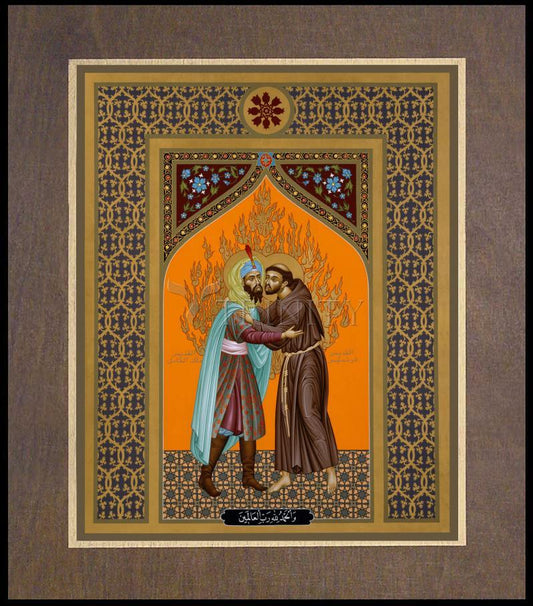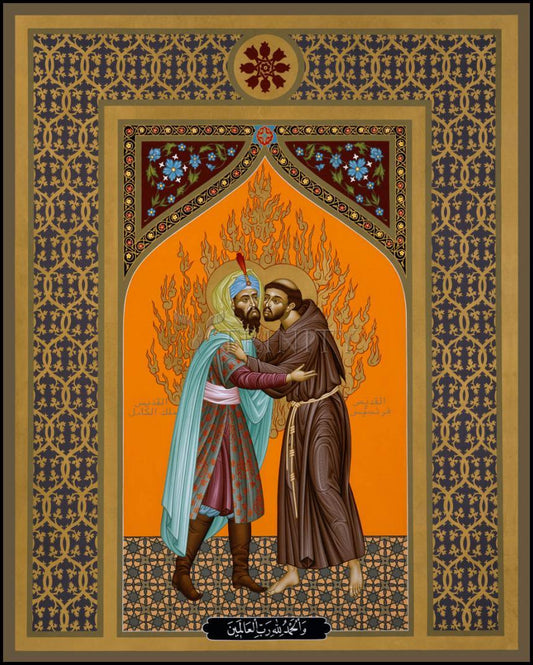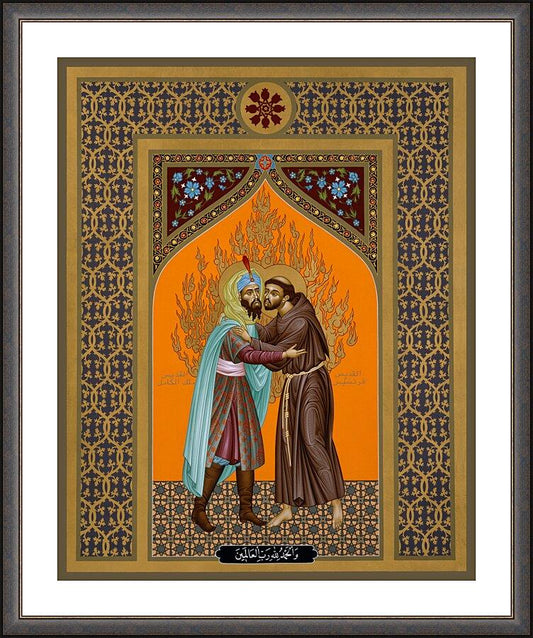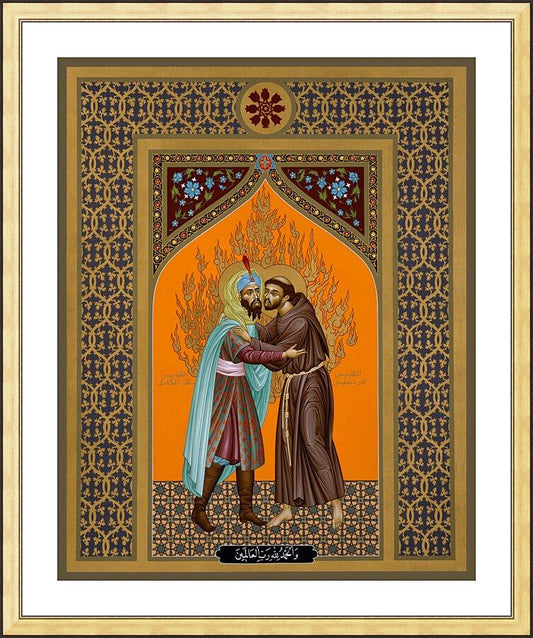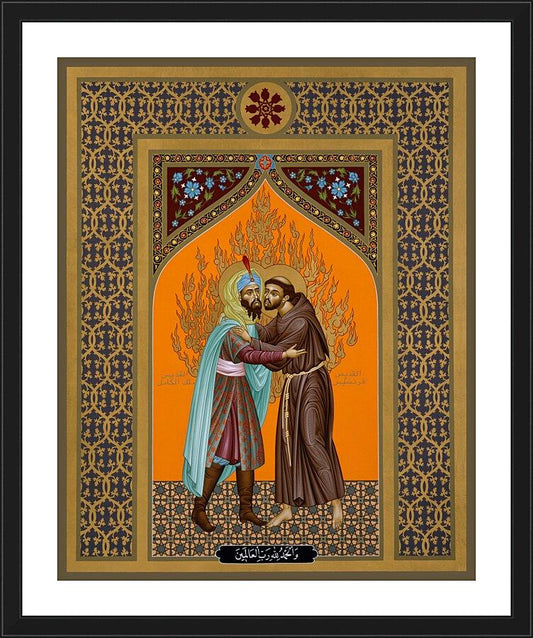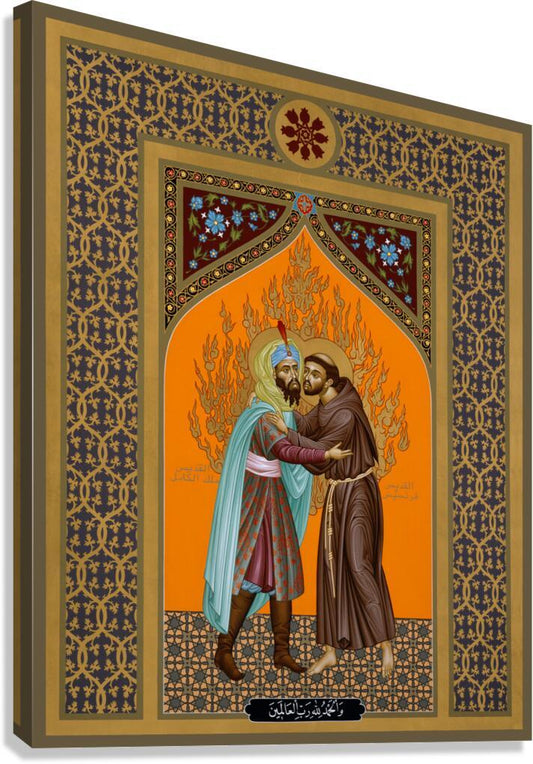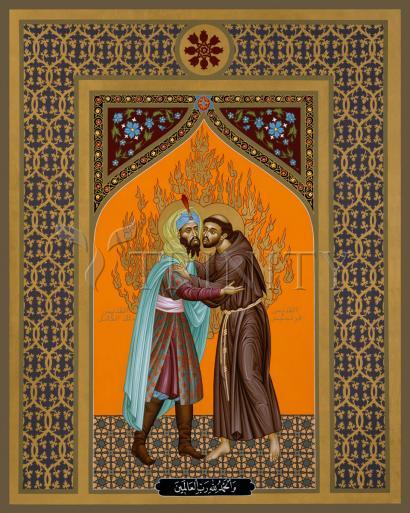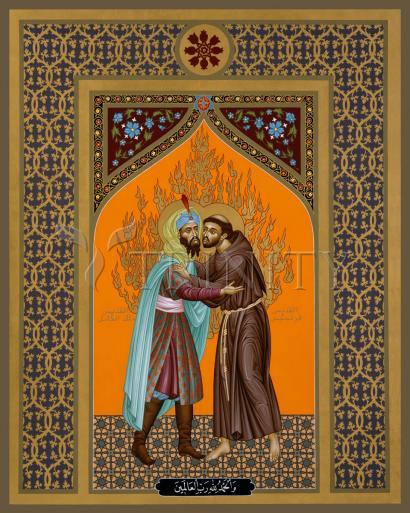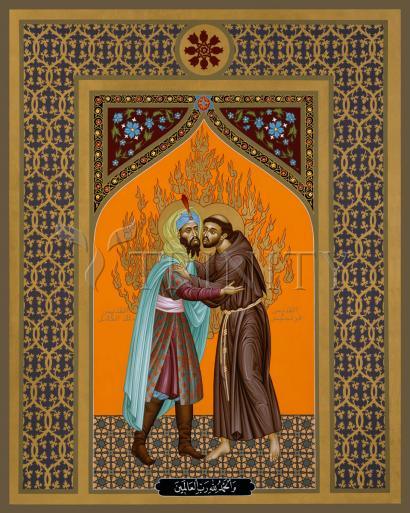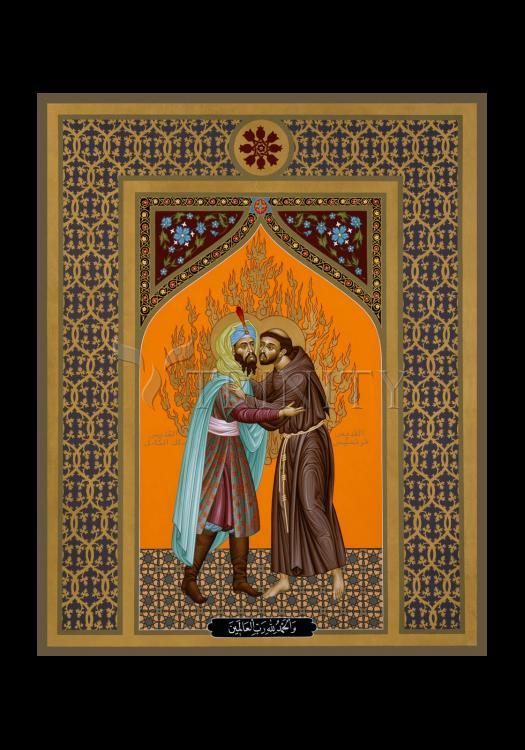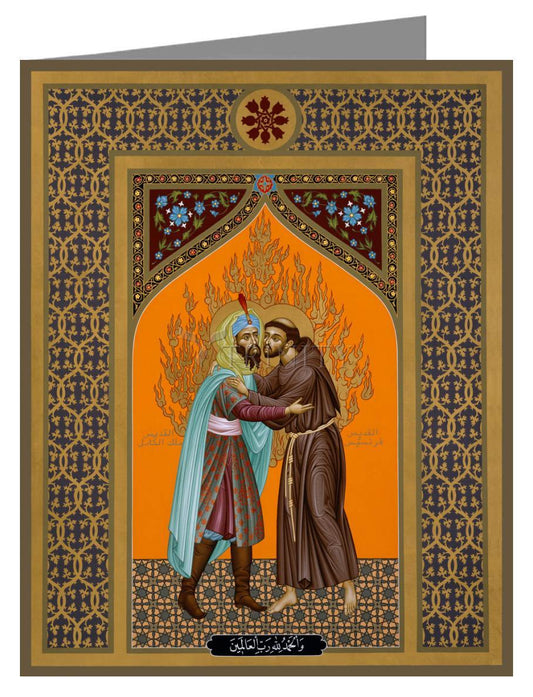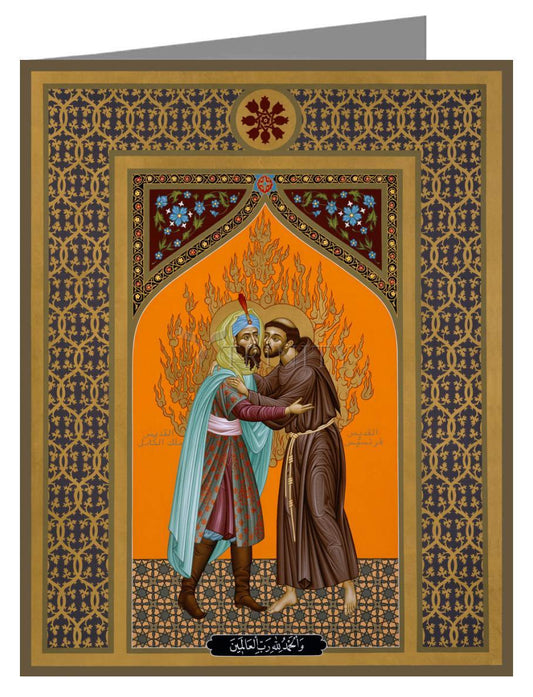The Francis-and-Islam Connection
What is the connection between St. Francis of Assisi and Islam? In 1219, St. Francis traveled to what is now northern Egypt and paid a visit to the Muslim Sultan al-Malek al-Kamil. This was at the beginning of the Fifth Crusade, but Francis and his brothers did not make this trip as part of the battle to regain the Holy Land. Rather, they went in opposition to the mainstream theological and political orthodoxies of the time, to meet the Muslim people, and to live among them as "lesser brothers."
Francis and his brothers went to be present among this people who were being portrayed as evil enemies of Christ, and, in his evangelism of presence, Francis found the spirit of God to be alive and at work within the Muslim people, then called "the Saracens". Francis admired their public, repeated acknowledgment of God and call to prayer, and he appreciated the deep reverence they showed to their holy book, the Qur'an.
While the main trend of the time was for Christian preachers to deliver strident, inflammatory sermons against Islam, Francis forbade his brothers to take part in these exercises. He demanded that his brothers be present first and foremost, living with and among the Saracens. They were to preach only if they felt that it would "please the Lord."
Francis worked to prevent the brotherhood from becoming embroiled in the grasp for civil and ecclesiastical offices and power, and kept the community's focus on serving their neighbors for the glory of God only.
"Based on Francis and Islam by J. Hoeberichts (Franciscan Press, 1997) Prepared for the Episcopal-Muslim Relations Committee of the Diocese of New York Ecumenical Commission by Mary O'Shaughnessy



